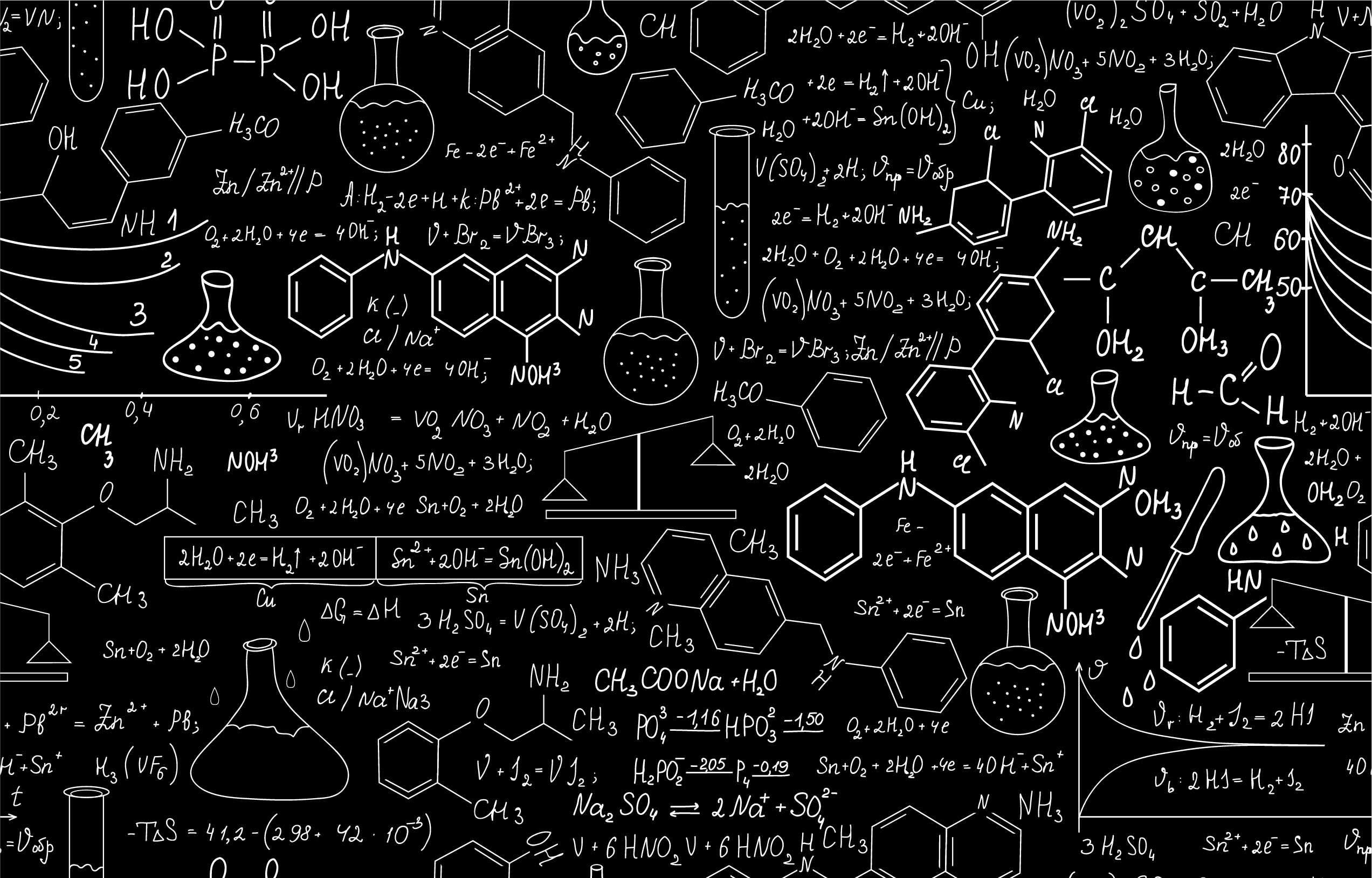NMC VS LFP BATTERIES – ADVANTAGES & DISADVANTAGES

When it comes to investing in any battery, there’s no doubt that lithium-ion batteries are the go-to. NMC and LFP are the two most prominent types of lithium batteries, however, a lot of people aren’t aware of the vast differences between them both and how this can impact them.
In this article, we will explore the characteristics of these two types of lithium batteries, examining their advantages and disadvantages. Our battery experts at Soltaro have put together as much information as possible to help you decide which of the two is right for your needs. But first, the basics:
WHAT IS AN NMC BATTERY?
A Lithium Manganese Cobalt Oxide (NMC) battery is a type of lithium-ion battery that uses a combination of Nickel, Manganese and Cobalt as its cathode material. They have a high energy density, and a high power output, making them useful for smaller applications such as portable electronics and electric vehicles. There are questions surrounding this chemical composition and whether NMC batteries are safe.
WHAT IS A LFP BATTERY?
LFP batteries on the other hand use Phosphate as a cathode material. They are known for additional safety features and extended life spans, making them a popular choice for use in solar storage and off-grid systems. Soltaro and many other manufacturers offer LFP batteries with life spans of 10+ years.
BATTERY CHEMISTRY – NMC VS LFP
So, now we have the official introductions in the bag, let’s focus on the differences between the two and why, in our opinion, LFP is the better option for home battery storage alongside your Solar PV.
ADVANTAGES OF LFP BATTERIES COMPARED TO NMC
Compared to NMC batteries, there are a number of advantages to choosing LFP batteries over any other alternative. Here are some important considerations:
- Superior safety features: LFP batteries are less prone to issues such as thermal runaway, overheating, and other safety concerns when compared to other lithium batteries, including NMC batteries. Built with overcharge and over-discharge protection circuits, they are most suitable for use in domestic and commercial properties where safety is paramount.
- Longer life cycle: At Soltaro, we offer LFP batteries with warranties of 10 years or 10,000 charging cycles. It’s advantageous to choose batteries with long life spans when making an investment in home solar storage.
- Environmentally sustainable: LFP batteries don’t use the same toxic chemicals and harmful heavy metals such as cobalt or nickel like other types of batteries. This makes them more ethical to source and use, as well as easier to recycle.
- Low maintenance: Once your LFP battery is installed, you don’t need to worry about active maintenance to extend its lifespan – they are designed and built to have low battery degradation.
- Versatile temperature range: LFP batteries are robust and can operate effectively and efficiently in both hot and cold temperatures, from approximately -4.4°C to 70°C. This makes them ideal for domestic/commercial usage in the majority of geographical locations and climates.
- Compatible with solar charging: This type of battery is highly compatible with solar storage systems, built and designed for easy plug-in installation with solar panels.
- High thermal stability: LFP batteries can also stand high voltage use for extended periods of time. Batteries with high thermal stability are less likely to short and cause electrical fires.
ARE THERE ANY NEGATIVES TO LFP BATTERIES?
When compared to NMC batteries, in truth – not really. There can be instances where the initial costs involved with buying and installing an LFP battery is higher than others, however, this is generally offset by the long life cycle and low maintenance.
APPLICATIONS FOR NMC BATTERIES
Whilst LFP batteries are more appropriate for use in solar storage systems, there are situations where NMC is the more favourable choice.
NMC batteries have a higher energy density, meaning that they are capable of storing more energy in a smaller space. This makes them favourable for use in small applications where space and weight are a priority, such as portable electronic devices, tools, and electric vehicles.
INCIDENT AT LG CHEM
Safety is such an important consideration at any time. You need the reassurance that anything you add to your home or business is rigorously tested with the chemistry to back up any ‘marketing’ claims.
LG Chem has dismissed claims about a blaze that injured four firefighters at their Arizona Public Service facility back in April 2019.
The report that followed, states that the failure of an internal battery cell caused thermal runaway and the ensuing fire.
There has been frequent industry talk about NMC vs LFP, but with worrying stories about safety and thermal runaway, surely LFP must be the overall winner when it comes to home or business battery storage?
This debate continues to rage amongst industry experts and is likely to continue for some time. That said, for solar battery storage, LFP is widely considered the better choice and is why so many of the top-tier battery manufacturers are now choosing this chemistry for their energy storage products.
SO, NMC OR LFP?
Ultimately, the decision to choose one type of battery over the other is entirely dependent on your needs. We would recommend that you choose LFP batteries when safety and reliability are a priority, such as energy storage solutions for both domestic and commercial properties. However, for applications where you are working with small designs and require a battery with higher energy density, NMC would probably be the best choice.
The difference between NMC and LFP cycles is that LFP batteries tend to run for more and have a longer life span. This means that LFP batteries can withstand more frequent charging and discharging operations over an extended period before showing signs of degradation.
NMC batteries have been criticised for their lack of safety features. They have been found to be prone to thermal runaway, resulting in a high fire and explosion risk, particularly at high temperatures.
GOT MORE QUESTIONS ABOUT BATTERY STORAGE? VISIT OUR FAQ SECTION, JARGON BUSTER OR CONTACT OUR TEAM.
Get in touch
If you'd like to find out more about the AIO2 or any of our other products please complete your contact details using the steps below and we'd be happy to answer questions you have.
Aftercare & Support
Don't forget to register your new Soltaro purchase to validate and extend your warranty.
Register ProductsClich here to raise a support ticket and in most cases we can fix the problem without the need to visit your home.
Report a Technical IssueAll of our documentation including terms & conditions, warranty and techncal mannuals can be found here.
Documentation
